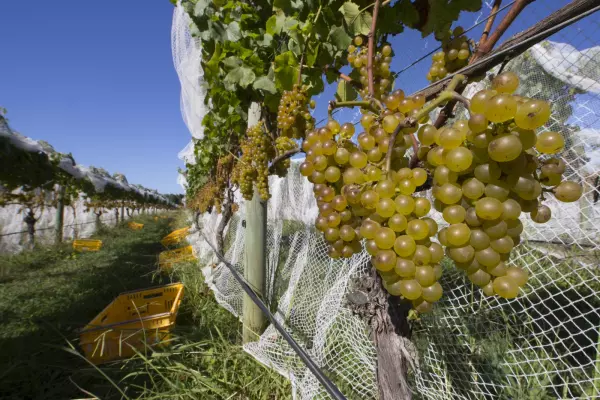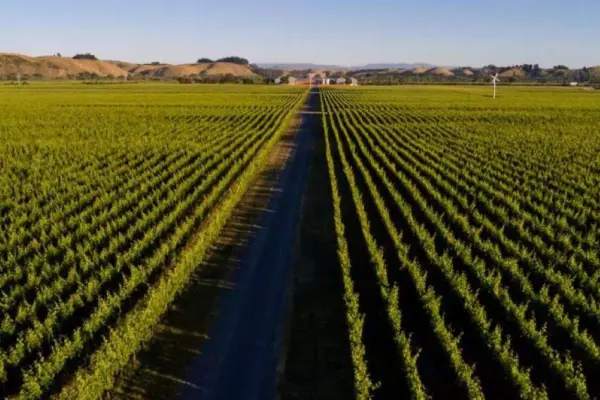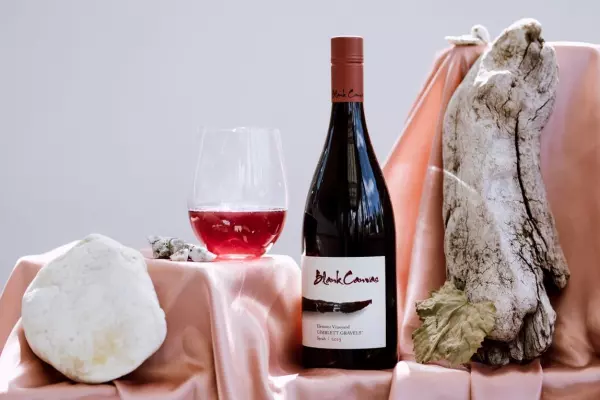This is my 78th column for BusinessDesk. Searching for a topic, I realised I had yet to write about fortified wines, possibly the most undervalued category on the planet. This is not going to be a comprehensive guide to fortified wine. I plan here to write a personal account of the fortifieds that have excited me during my career as a wine critic.
Fortification is the addition of alcohol to wine. It is an ancient and effective method of ensuring microbiological stability because bacteria and yeasts cannot survive in a high-alcohol environment of more than 16-18%.
UK wine critic and author Jancis Robinson MW wisely writes in the Oxford Companion to Wine: “It is an almost invariable rule that anywhere hot enough to produce good, fortified wine is too hot to provide the ideal climate for its consumption.” New Zealand produces very little fortified wine. We do have the right climate in which to consume it.
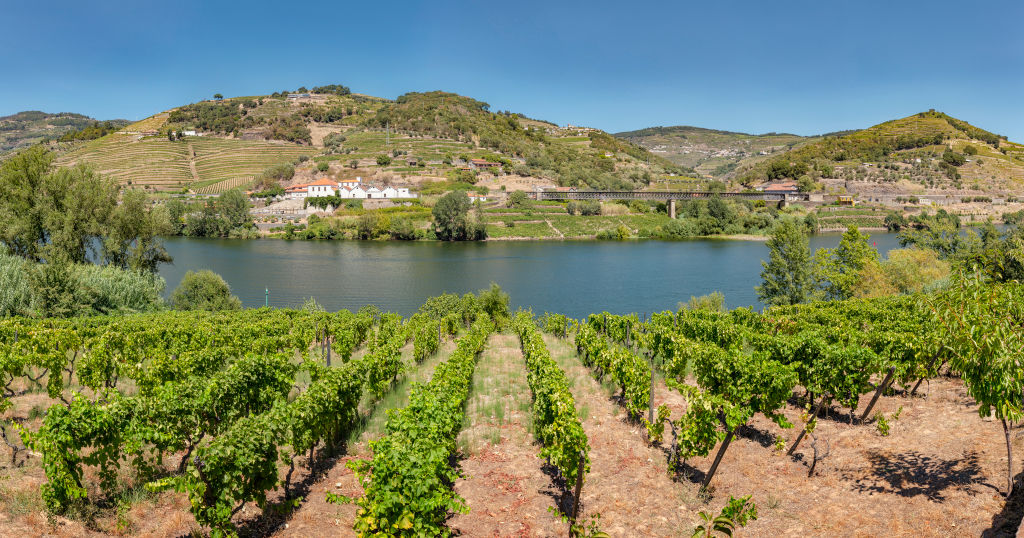 The best port from Portugal's Douro Valley is wonderful to drink even many decades after the grapes are harvested. (Image: Getty)
The best port from Portugal's Douro Valley is wonderful to drink even many decades after the grapes are harvested. (Image: Getty)
Port
True port is produced in Portugal’s Douro Valley. I heartily recommend it as a travel destination.
Vintage port must surely be the king of ports. It is made from the finest grapes in only the best vintages (usually around three vintages each decade).
It is considered a sin to drink vintage port less than 15 years from vintage, although I like the juicy intensity and powerful fruit flavours of young vintage port. Well-stored vintage ports from top producers and good vintages can be magnificent after 50 to 100-plus years, by which time they are nearly impossible to uncork unless you own a pair of port tongs. Port tongs are heated until red hot and then clamped around the neck of a bottle which is then brushed with a wet goose feather. If all goes well, the neck breaks off with the cork trapped inside. (English master sommelier Ronan Sayburn shows how it's done on YouTube. )
No megalomaniac has ever been a vintage port drinker, including Vladimir Putin.
Tawny port gets all the ageing it needs while in barrel. It is ready to drink when bottled and won’t improve with bottle age. Premium tawny port is labelled 10-year-old, 20-year-old, 30-year-old or 40-year-old. It becomes progressively more delicate, nutty and expensive the older it gets. It is worth noting that a 10-year-old vintage port doesn’t have to be 10 years old when bottled; it simply has to taste like a 10-year-old wine.
White port is hard to find. Ruby port, the most affordable style, can be disappointing.
Recommended: Taylor's 2016 Vintage Port, available at blackmarket.co.nz for $149.99.
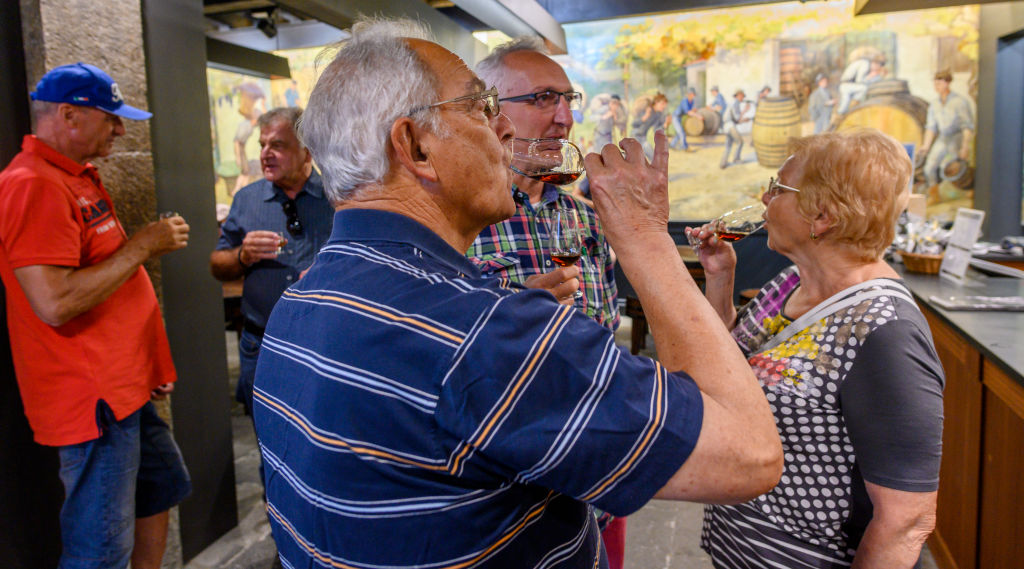 No visit to the Madeira Islands is complete without trying their famous fortified wine. (Image: Getty)
No visit to the Madeira Islands is complete without trying their famous fortified wine. (Image: Getty)
Madeira
 No visit to the Madeira Islands is complete without trying their famous fortified wine. (Image: Getty)
No visit to the Madeira Islands is complete without trying their famous fortified wine. (Image: Getty)Madeira has been produced on Portugal's Madeira Islands off the coast of Africa since the 15th century using a curious winemaking method that involves heating the wine in ovens. The result is an almost indestructible wine of great power and purity.
Because the best Madeira has the potential to age for centuries, old bottles appear on the auction market from time to time. In 1992, I bought a bottle of 1795 Madeira from Christie's Wine Auctions for NZ$500. It was the centrepiece in a tasting of old fortifieds for 20 keen wine enthusiasts. We didn’t expect too much but were delighted when this lovely old wine delivered an array of delicate and complex flavours. It was impossible to ignore the historical context as we sipped in silence. It remains the oldest wine I have ever tasted.
I heartily recommend buying an old bottle of Madeira. A quick search using wine-searcher.com uncovered a bottle of 1795 Barbeito Terrantez Madeira available at Asbalet Fine and Rare Wines in Petaluma, California, for the princely sum of NZ$29,941.
Recommended: Henriques & Henriques 20-Year-Old Terrantez Madeira, available at Regional Wines & Spirits for $130.99.
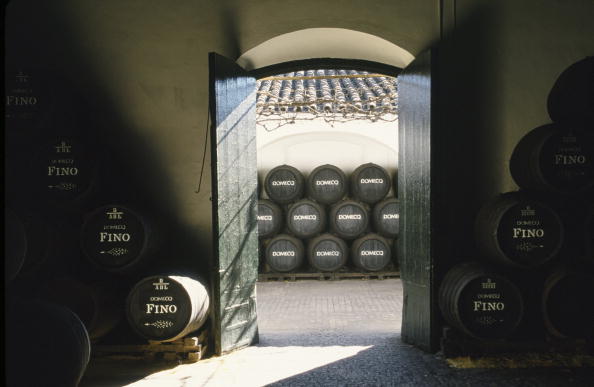 All true sherry comes from around Jerez de la Frontera and nearby coastal towns. (Image: Getty)
All true sherry comes from around Jerez de la Frontera and nearby coastal towns. (Image: Getty) Sherry
 All true sherry comes from around Jerez de la Frontera and nearby coastal towns. (Image: Getty)
All true sherry comes from around Jerez de la Frontera and nearby coastal towns. (Image: Getty) Sherry
The term “sherry” was once a generic term for a wide range of fortified wines made from white grapes, but since the mid-1990s it has been restricted, in the European Union at least, to wines made in the Jerez region of southwest Spain.
The sherry I enjoy most often is manzanilla, a dry, flavoursome and refreshingly nutty wine from the coastal district of Sanlúcar de Barrameda. With an alcohol level of little more than a high-alcohol table wine (16%), manzanilla is a versatile food wine and a perfect match for most tapas.
Recommended: Hidalgo La Gitana Manzanillo (500ml), available at Glengarry Wines, Auckland, for $30.99.
If you prefer a richer and more complex dry sherry, try an aged amontillado with appealing hazelnut flavours. With amontillado, a small sip goes a long way. This is a wine to savour while you appreciate the benefits of a seriously mature sherry (aged for eight years) with richer, warming alcohol (18.5%).
Recommended: Lustau Amontillado Los Arcos (375ml), available at Moore Wilson’s for $20.95.
Perhaps the most spectacular sherry is the incredibly luscious pedro ximénes (PX) made from sun-dried PX grapes. This thick, treacly wine can be used as an ice-cream topping or served slightly chilled in a medium-sized glass (small glasses restrain the aroma).
Recommended: Lustau “Solera Reserva” Pedro Ximénez San Emilio Sherry, available at Liquor Mart for $33.99.
Topaque and muscat
Topaque and muscat are the official replacement brands for “liqueur tokay” and “liqueur muscat” wines made famous in the Rutherglen region of Victoria. The names may have changed but these wonderful fortified wines remain as luscious and delicious as ever.
Recommended: Campbells Rutherglen Topaque (375ml), available at Finer Wines in Katikati, Bay of Plenty, for $28.95.





